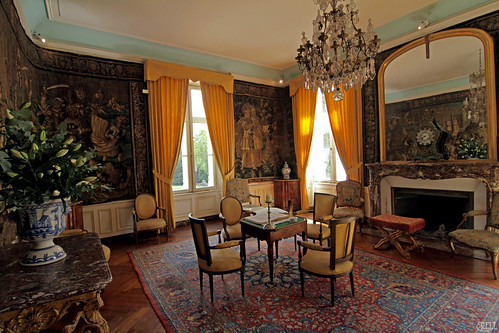You’ve seen it in the movies countless times: a young girl at the vanity mirror, pinning her hair, or perhaps having her corset laced. Or maybe a member of high society, pacing back and forth in the library, the fireplace ablaze, a mirror above the mantelpiece. Or a superhero, realizing his powers for the first time and gazing in amazement at his own reflection. Then there’s the tumultuous scene; a couple fighting brutally, and someone throws an object that smashes a mirror, a metaphor for the broken relationship. Then there’s the spy picture, with the leading double agent peeking around corners using mirror gadgets or discreetly watching the shady dealings of a drug lord with the help of some reflective car windows. We also have the dance film, with ballerinas alight in the practice studio, long barres set parallel to the studio mirrors; the sports movie, with the football player giving his reflection a pep talk in the locker room; the crime drama with the bank robber sweating bullets and repeatedly checking his rearview while three cop cars follow in hot pursuit.

Seemingly Trow-Away Object
Such color, such imagination, such pivotal moments in a plot are easily supported or brought together by a seemingly throw-away object: the mirror. And it isn’t limited to movies. Literature, music, art, psychology, fashion, and pop culture are all heavily fueled by this little object which, as it turns out, is a huge force in our everyday lives. For example, in literature, we have several iconic stories whose activities are based on the use of a mirror: Snow White (“Mirror, mirror on the wall”); Alice in Wonderland: Through the Looking Glass (Alice ponders what is on the other side of the mirror aka looking glass and climbs through it to explore); Return to Oz, wherein Dorothy frees the ruler of Oz from the hold of an enchanted mirror; A Wrinkle In Time (major mirror motifs), and so on. In music, we have so many mirror references—everything from Bright Eyes’ Fevers and Mirrors album to Michael Jackson’s smash hit “Man in the Mirror” to Lil’ Wayne’s “Mirror.” In art, major artists such as Frida Kahlo, Magritte, Norman Rockwell, and Dali have all painted mirrors into their works to represent major ideas and ironies. The references continue.
Vanity Mirrors Are Important Too
So in this day and age, is it surprising that vanity mirrors are no less important to our everyday existence than they were 100, 200, 300 years ago? Do our bedroom mirrors play any smaller of a role in the way we see ourselves, others, and the world around us? Probably not. And they’re not going anywhere.
Eric Blair writes about interior design and room renovation using unique wall mirrors from www.ovalandroundmirrors.com.

